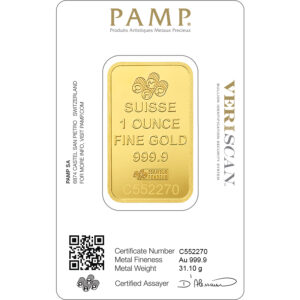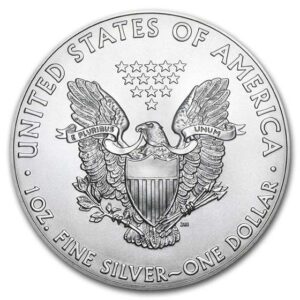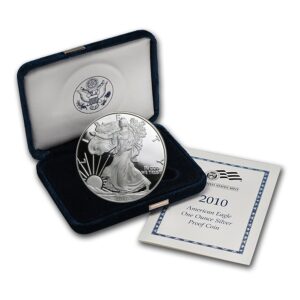Description
$2.50 INDIAN HEAD GOLD MS-62 COIN
NGC
After respected sculptor Augustus Saint-Gaudens’ eagle and double eagle coins started circulating, it was assumed that his acclaimed design for the latter would make it to the half eagle and quarter eagle pieces, too. However, the U.S. Mint ultimately decided on a different strategy. Saint-Gaudens finished his double eagle design shortly ahead of his death in 1907. That design, which showed Liberty walking in the viewer’s direction, looked difficult to properly scale down for the smaller pieces, however.
At the preparatory stage the Mint’s then-Chief Engraver, Charles Barber, commented that placing all of the legally mandatory legends on these new coins would be challenging. While the double eagle’s edge reads “E Pluribus Unum,” transferring this placing would have been impractical. However, in May 1907, before the double eagle had even begun circulating, the ruling U.S. President Theodore Roosevelt, had already decided to depart from a major tradition. He opted for the eagle and double eagle to differ in design; accounting for this, it perhaps shouldn’t significantly surprise that he later decided on an unorthodox method of production for upcoming coins.
Those coins, the quarter eagle and half eagle, would be depressed, rather than raised, in design. It was deemed that this would help in preserving each piece’s flat plane. It was also believed that this approach would make the coins easier to stack. Though after they were released, numismatist Samuel Chapman cited an inadequate ability to stack was, in his view, one of the coins’ drawbacks. Bela Pratt, a Boston sculptor, was handed the responsibility of making these coins’ obverse design, which depicts a male Indian wearing an elaborate headdress. Inspiration for this design came from a photograph of an Indian, whose identity is unknown, from Pratt’s photo collection.
To Pratt’s design, Barber made some changes which were not appreciated by the original sculptor. After seeing produced versions of the new coins, Pratt complained, writing to his mother that the U.S. Mint had “knocked spots” out of his design, which he had previously been “proud of.” He branded Barber a “butcher or blacksmith” and opined that the Mint’s staff “made a mess.” This “mess” has not, however, prevented the design from attracting praise in the time since. Cornelius Vermeule, an art historian, hailed this design as daring and rich in imagination compared to many other U.S. coins, and said that Pratt warranted admiration for his coins and medals.
You could readily become an Indian quarter eagle admirer yourself when an MS62 form of that coin reaches you. This can occur after you have ordered such a piece from our stock; however, first check that we do have supply of an Indian Head quarter eagle of MS62 condition. The design’s various intricate details are recessed in 4.18g-weight metal, including .900 gold. Also included with the 0.12094 troy ounce gold content is 10 percent copper. Don’t expect the coin to arrive showing a rare date, however. It will be a more easily obtainable “common date” piece, an ideal coin with which to enjoy a novice-friendly start to coin-collecting endeavors.
Likely prospect of a nonexistent mint mark
Edge reeds that circle a symbolic series of stars
Motifs of war and peace shown beside a perched eagle

![prod-CD_2.5INDMS62-common-date-_2.50-indian-gold-quarter-eagle-ms62-650x650.jpg-300x300[1]](https://www.cpmex.co/wp-content/uploads/2022/02/prod-CD_2.5INDMS62-common-date-_2.50-indian-gold-quarter-eagle-ms62-650x650.jpg-300x3001-1.webp)
![prod-CD_2.5INDMS62-common-date-_2.50-indian-gold-quarter-eagle-ms62-obverse-650x650.jpg-150x150[1]](https://www.cpmex.co/wp-content/uploads/2022/02/prod-CD_2.5INDMS62-common-date-_2.50-indian-gold-quarter-eagle-ms62-obverse-650x650.jpg-150x1501-1.webp)
![prod-CD_2.5INDMS62-common-date-_2.50-indian-gold-quarter-eagle-ms62-reverse-650x650.jpg-150x150[1]](https://www.cpmex.co/wp-content/uploads/2022/02/prod-CD_2.5INDMS62-common-date-_2.50-indian-gold-quarter-eagle-ms62-reverse-650x650.jpg-150x1501-1.webp)














There are no reviews yet.